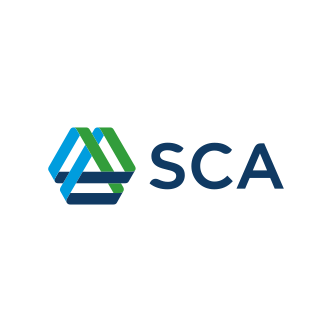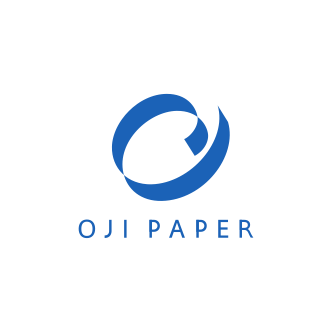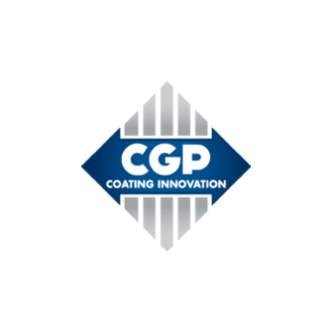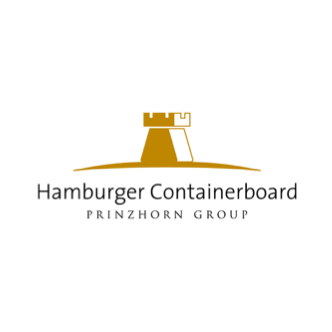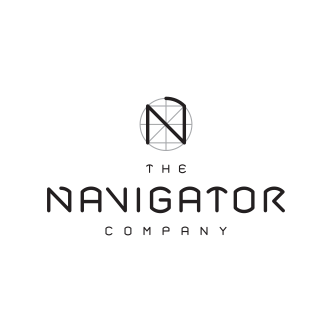The following is an interview with Smurfit Kappa to find out their experiences using Braincube for over a decade.
At which stage of production do you use Braincube?
Packaging lies at the heart of what Smurfit Kappa does. We have 370 plants in the world and many of these produce cardboard. In fact, if you examine how the company is structured, on the one hand, we have recycling plants and, on the other, logging operations.
These two components are needed for paper manufacturing: whether it’s recycled paper, which makes up 75% of packaging in Europe, or paper made from virgin fibers, that is, straight from wood. Once the paper plants have produced the paper, cardboard plants layer the paper to create cardboard. Smurfit operates across this fully integrated chain and, for now, Braincube is used on the virgin fiber paper and kraft paper manufacturing sides.
With Braincube there’s a really high adherence rate because it doesn’t attempt to supplant the human element.
Could you reflect back to how you started out with Braincube?
When we first met Braincube in 2008 it was with a goal to optimizing production. At the time, Braincube were offering an embryonic product compared to what exists now—but it was an already highly evolved embryo.
For our part, we had one concern: a paper machine that was really complex to install. This kind of machine is very expensive and it costs a lot to build a new site. As the machines operate in a continuous process, any sort of deviation costs money (change of speed, breakages, stoppages, etc.).
A paper plant is an aggregate of fixed costs and to meet these fixed costs you need to produce a ton of paper, otherwise you lose money! So when a machine is installed—and installing a machine is complicated by its very nature—these deviation issues are a real challenge.
Braincube founders Hélène Olphe Gaillard and Laurent Laporte, told us: “We have a product whose basic premise is to help you by taking a huge number of variables multiplied by a huge amount of recorded data. By navigating this kind of vast database, we will help you find the areas where things work best and reconfigure these as a set of rules that your operators can easily implement.” We were sold on their idea so we gave one another the chance to see how it would work.
Was this early collaboration useful to Smurfit Kappa from the get go?
Yes, it enabled us to identify a whole raft of problems, probably more quickly than if we hadn’t been using Braincube. This meant we could progress more quickly. So we transformed the slow and difficult installation process into one that was a lot more efficient. We’ve now installed a machine in Townsend Hook, Kent, England where we’re using the same principle. We’re in the process of connecting Braincube in that factory.
Braincube can become an operating method and a tool for piloting lines.
What other benefits did you subsequently find with Braincube?
We told ourselves that Braincube had been very efficient at fixing a serious problem. So we asked ourselves what would happen if we used it to give us a bigger edge in factories that were already highly efficient, to optimize a process that is operating just a little below capacity. As it turned out, we found the tool had other advantages.
Can you give us a specific example?
Take the example of a machine that produces paper of a particular weight. We’d found that with this weight we had a much higher level of breaks than with other weights of paper. We carried out our own analysis and were able to establish a set of areas in which we couldn’t take action. And knowing where it’s impossible to take action is just as interesting, because that can, in itself, provide us with tips on where an investment needs to be made.
And it was to fix structural issues that we hadn’t necessarily identified and whose importance we hadn’t fully understood. In this way, Braincube can become an operating method and a tool for piloting lines.
Braincube is a tool that keeps its promises because it delivers more than it costs.
Would you say that, since 2008, Smurfit has been generally satisfied with its software?
Every time a team has wanted to start Braincube on a plant to fix a series of particular issues, we’ve always had results. These results are reassuring to us in terms of a return on investment. Braincube is a tool that keeps its promises because it delivers more than it costs.
What about the on site teams?
What’s great about Braincube, is that it’s a mathematical tool. And because paper manufacturers hate to be second guessed in their area of expertise, with Braincube they don’t feel like they’re being second guessed. We give them a tool that allows them to investigate issues they had raised intuitively.
It’s not at all the same as with an external consultant who comes in and tells them how to manufacture paper. With the latter, there’s a zero, or near zero, adherence rate, whereas with Braincube there’s a really high adherence rate because it doesn’t attempt to supplant the human element.
At Smurfit Kappa we have a real paper manufacturing knowledge base, and using Braincube is attractive enough to make people want to take things even further when it comes to connected devices. So it’s an engaging tool. Employees are really interested because they become more and more involved in analysis, and it enables them to expand their skill set to other areas.
Could you tell us a little about how staff is trained in the use of Braincube?
A Braincube team members comes to us. The initial phase is a workshop in which we identify the database on which we’re going to work. We input that data into the software program and from there we start training people in how to use the tool. We enter data during a test phase and then start restoring the information. That’s when the real training starts!
People are trained in what the tool offers and what the results show. Finally, there is the on site deployment stage using the rules that have emerged through the process. Our own specialists are in regular contact with the software publisher to offer feedback on what works and what doesn’t work, things that need to improve to develop the product. As a company they really listen, which means they have really been able to improve what Braincube has to offer, I believe. Braincube offers something that few companies offer and that it contributes to our success on a daily basis.
How will you use Braincube going forward?
We’re currently working on a project to network all our factories so that we can really focus on specifics and try to look at practices that are transferable from one factory to another.
We would like to find out which operational features produce positive results in one place and can be easily adapted to other sites. In our experience, Braincube could become a tool for benchmarking quality, a tool that will enable us to achieve maximum performance on every line.


